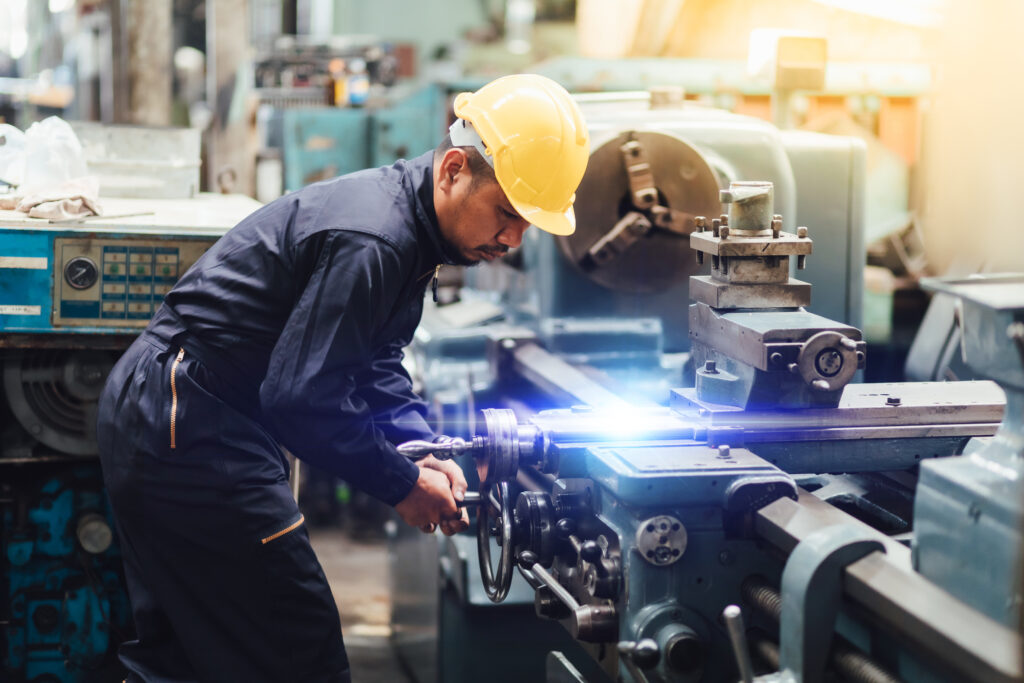Introduction
In modern manufacturing, precision is crucial, and CNC (Computer Numerical Control) drill innovation has become a key tool for meeting strict drilling needs. This article explains how CNC drill technology transforms drilling processes, providing excellent precision and efficiency.
Outline
- Introduction
- Background
- Understanding CNC Drill Technology
- Advantages of CNC Drill Technology
- Applications of CNC Drill Technology
- Future Trends in CNC Drill Technology
- Conclusion
- FAQs
Background
Traditional drilling methods often had difficulty meeting the demands of precise and complex tasks. CNC drill technology solves these problems by providing automated control, better accuracy, and the ability to perform intricate drilling operations easily.
Understanding CNC Drill Technology
CNC drill technology uses computer-controlled machines to accurately drill holes in different materials. The CNC system reads digital instructions and converts them into precise movements, ensuring accurate hole placement, depth, and diameter.
Advantages of CNC Drill Technology
The key advantages of CNC drill technology include:
Precision: CNC drills offer micron-level accuracy, ensuring consistent and reliable drilling results.
Efficiency: Automated operation reduces human error and increases drilling efficiency, leading to higher productivity.
Versatility: CNC drills can handle a wide range of materials and hole geometries, making them suitable for diverse applications.
Flexibility: CNC programs can be easily modified to accommodate design changes or new drilling requirements.
Applications of CNC Drill Technology
Many industries, including aerospace, automotive, electronics, and construction, use CNC drill technology. They apply it to tasks such as:
- Precision hole drilling is used in aerospace components.
- Circuit board manufacturing in the electronics industry.
- Structural drilling in automotive chassis fabrication.
- Metal fabrication for architectural and industrial purposes.
Future Trends in CNC Drill Technology
The future of CNC drill technology is characterized by advancements in:
Automation: Integration with robotics and AI for enhanced automation and adaptive drilling capabilities.
Smart Manufacturing: Integration with data analytics and IoT for real-time monitoring and optimization of drilling processes.
Additive Manufacturing: Incorporation of CNC drilling into additive manufacturing processes for hybrid manufacturing solutions.
Conclusion
CNC drill technology represents a significant advancement in drilling processes, offering precision, efficiency, and versatility across various industries. As technology continues to evolve, CNC drills will play a pivotal role in shaping the future of manufacturing.
FAQs
1. What materials can CNC drills work with?
CNC drills can handle a wide range of materials, including metals, plastics, wood, and composites.
2. How are CNC drills programmed?
Engineers program CNC drills using computer-aided design (CAD) software, which generates toolpaths and instructions for the CNC machine to follow.
3. What is the difference between CNC drilling and traditional drilling?
CNC drilling provides automated control, precise positioning, and the capability to perform complex drilling operations with high accuracy, while traditional drilling depends on manual operation and has limited precision.
4. Are CNC drills suitable for small-scale operations?
Yes, you can use CNC drills for both large-scale industrial operations and small-scale production or prototyping tasks.
5. How do CNC drills contribute to cost savings?
By reducing material waste, minimizing rework, and optimizing production processes, CNC drills help companies save time and resources, ultimately leading to cost savings.








